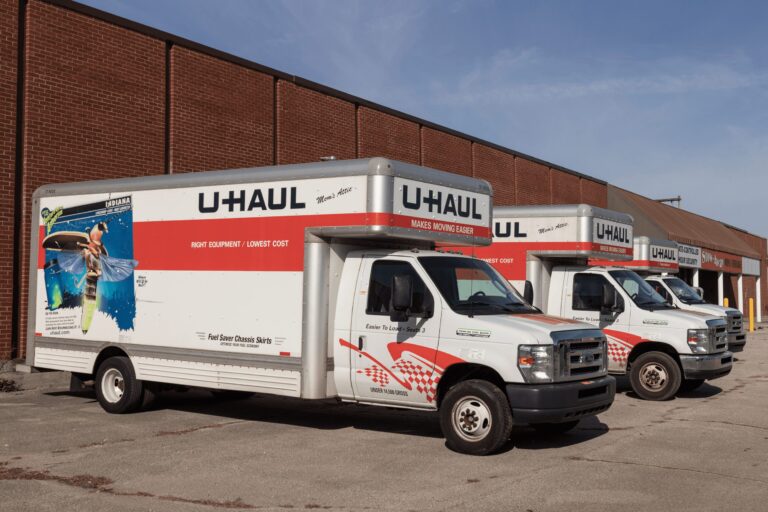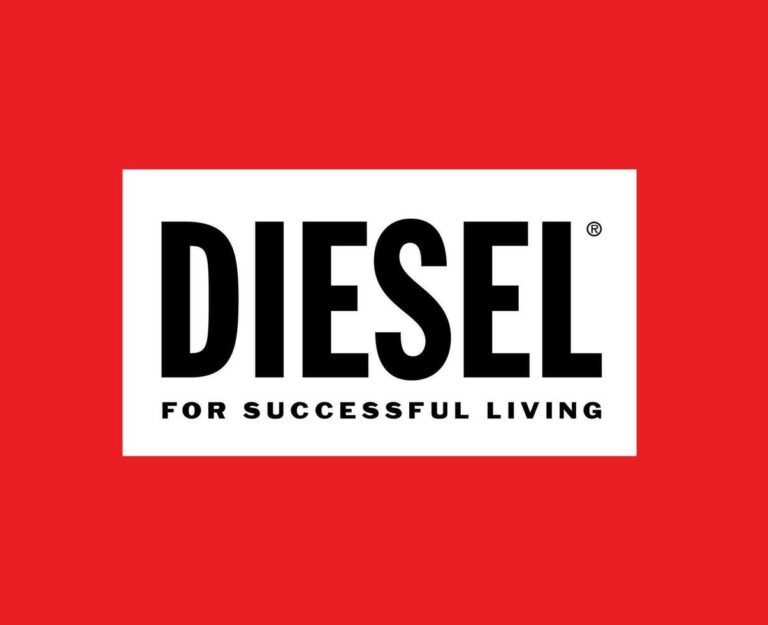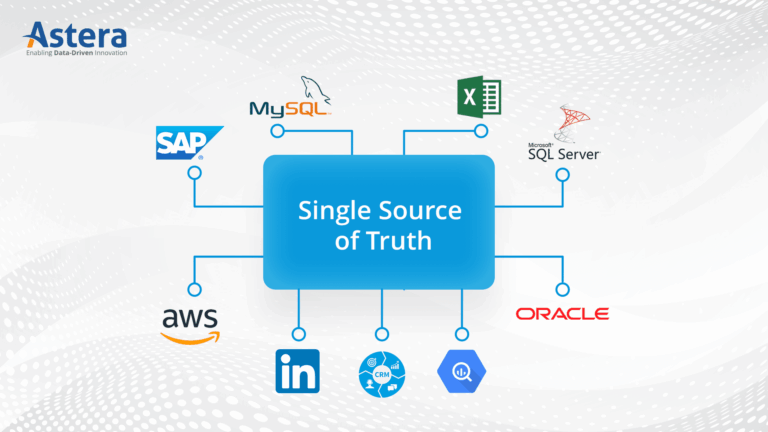Common Parts Of The Truck: Your Comprehensive Guide to Understanding the Backbone of the Road
Common Parts Of The Truck: Your Comprehensive Guide to Understanding the Backbone of the Road cars.truckstrend.com
From the rumbling engine to the sturdy chassis, every truck is a marvel of engineering, a complex symphony of interconnected parts working in harmony to haul, transport, and conquer the open road. Whether you’re a seasoned truck driver, a fleet manager, an aspiring mechanic, or simply curious about these powerful machines, understanding the "common parts of the truck" is not just about technical knowledge – it’s about safety, efficiency, longevity, and ultimately, peace of mind.
This comprehensive guide will take you on a journey through the essential components that make a truck, well, a truck. We’ll delve into the vital systems, explore their functions, discuss their importance, and provide practical insights to help you maintain and appreciate these indispensable vehicles.
Common Parts Of The Truck: Your Comprehensive Guide to Understanding the Backbone of the Road
The Powerhouse: Engine and Drivetrain Components
At the heart of every truck lies its engine, the core that generates the power to move massive loads. But the engine is just one piece of the intricate drivetrain puzzle.
- The Engine Block: This is the main casting that houses the cylinders, pistons, and crankshaft. It’s the structural foundation of the engine.
- Importance: The primary power generator. Its integrity is crucial for the entire vehicle’s operation.
- Maintenance Tip: Regular oil changes and cooling system checks are vital to prevent overheating and wear.
- Pistons and Crankshaft: Pistons move up and down within cylinders, converting combustion energy into linear motion, which the crankshaft then converts into rotational motion.
- Consideration: Piston rings wear over time, leading to oil consumption and reduced compression.
- Fuel System (Injectors, Fuel Pump, Filters): Delivers fuel from the tank to the engine’s combustion chambers, atomizing it for efficient burning.

- Practical Advice: Replace fuel filters regularly as per manufacturer guidelines to prevent clogging and protect injectors.
- Cooling System (Radiator, Water Pump, Thermostat): Manages engine temperature by circulating coolant, preventing overheating which can cause catastrophic damage.
- Actionable Insight: Check coolant levels and condition frequently. A faulty thermostat can lead to inefficient engine operation or overheating.

- Exhaust System (Manifold, Muffler, DPF/SCR): Channels exhaust gases away from the engine, reduces noise, and, in modern trucks, treats emissions (Diesel Particulate Filter – DPF, Selective Catalytic Reduction – SCR).
- Challenge: Clogged DPFs are a common issue in modern diesel trucks, requiring regeneration or cleaning.
- Transmission (Manual/Automatic, Clutch): Transmits power from the engine to the driveshaft, allowing for gear changes to manage speed and torque. For manual transmissions, the clutch engages and disengages the engine from the transmission.
- Tip: Regular transmission fluid checks and changes extend the life of this critical component. For clutches, smooth engagement is key to longevity.
- Driveshaft: A rotating shaft that transmits torque from the transmission to the differential.
- Consideration: U-joints (universal joints) on the driveshaft can wear out, causing vibrations.
- Differential: Located on the axle, it allows wheels to rotate at different speeds when turning, while still receiving power.
- Importance: Crucial for smooth turning and preventing tire scrub.
- Axles: The shafts that connect the wheels to the differential, supporting the vehicle’s weight and transmitting power to the wheels.
- Types: Front (steering), Rear (drive).

The Foundation: Chassis and Suspension
The chassis is the skeletal framework that holds everything together, while the suspension system ensures a smooth ride and proper handling, even under heavy loads.
- Frame (Ladder Frame): The backbone of most trucks, providing structural rigidity and support for all other components.
- Importance: Bears the entire weight of the truck and its cargo. Damage to the frame can compromise safety.
- Suspension System (Leaf Springs, Air Suspension, Shock Absorbers): Absorbs road shocks, maintains tire contact with the road, and supports the vehicle’s weight. Heavy-duty trucks often use multi-leaf springs or sophisticated air suspension systems.
- Benefit: Improves ride comfort, cargo protection, and tire life.
- How-to: Inspect springs for cracks, air bags for leaks, and shocks for fluid leaks.
- Steering System (Steering Gearbox, Power Steering Pump, Tie Rods): Allows the driver to control the direction of the truck.
- Practical Advice: Any looseness, excessive play, or difficulty in steering should be addressed immediately, as it’s a major safety concern.
Stopping Power: Braking System
Arguably the most critical safety system, the brakes are designed to bring a multi-ton vehicle to a safe stop.
- Brake Pedals: The primary driver interface for activating the braking system.
- Master Cylinder: Converts the force from the brake pedal into hydraulic pressure, which is then sent through brake lines.
- Brake Lines: Hoses and metal tubes that carry hydraulic fluid (or air in air brake systems) to the brakes at each wheel.
- Brake Calipers/Drums: The mechanism at each wheel that applies pressure to the brake pads/shoes. Calipers squeeze pads against a rotor; drums expand shoes against the inside of a drum.
- Brake Pads/Shoes: Friction material that creates resistance against the rotors/drums to slow the wheel.
- Tip: Listen for squealing or grinding noises, which indicate worn pads/shoes.
- ABS System (Anti-lock Braking System): Prevents wheels from locking up during hard braking, allowing the driver to maintain steering control.
- Air Brake System (for Heavy Trucks): Uses compressed air instead of hydraulic fluid. Includes a compressor, air tanks, and various valves.
- Important Consideration: Pre-trip air brake checks (leakage, pressure build-up) are mandatory for commercial drivers.
The Brain and Nerves: Electrical System
A truck’s electrical system powers everything from the engine’s ignition to the cab’s creature comforts.
- Battery: Stores electrical energy to start the engine and power accessories when the engine is off.
- Alternator: Recharges the battery and provides power to the electrical system while the engine is running.
- How-to: If your battery light comes on, it often indicates an alternator issue.
- Starter Motor: An electric motor that engages the engine’s flywheel to start the engine.
- Wiring Harnesses: Bundles of wires that transmit electrical signals and power throughout the truck.
- Lights (Headlights, Taillights, Turn Signals, Marker Lights): Essential for visibility and signaling, especially during night driving or adverse weather.
- Actionable Insight: Always check all lights before driving, particularly for commercial vehicles.
- Fuses and Relays: Fuses protect circuits from overcurrent; relays act as electrical switches.
- Solution: A blown fuse is a common reason for a non-working electrical component.
- ECM/ECU (Engine Control Module/Unit): The "brain" of modern trucks, controlling engine functions, emissions, and often integrating with other vehicle systems.
- Challenge: Diagnostic trouble codes (DTCs) from the ECM often require specialized scan tools to interpret.
The Operator’s Hub: Cab and Interior Components
The cab is the driver’s office, designed for comfort, control, and safety during long hours on the road.
- Dashboard (Gauges, Warning Lights): Provides critical information to the driver, including speed, RPM, fluid levels, and system warnings.
- Practical Advice: Pay attention to warning lights; they are your truck’s way of communicating a problem.
- Steering Wheel: The primary control input for steering the truck.
- Seats: Designed for ergonomic support and comfort during long hauls.
- HVAC System (Heating, Ventilation, Air Conditioning): Maintains a comfortable cabin temperature.
- Wipers and Washer System: Ensures clear visibility through the windshield in various weather conditions.
- Mirrors (Side Mirrors, Rearview Mirror): Provide crucial visibility around the truck, especially for blind spots.
Connecting the Load: Fifth Wheel/Hitch & Trailer Connections (for Heavy Trucks)
For tractor-trailers, these components are vital for safely coupling and managing the trailer.
- Fifth Wheel: A coupling device on the tractor that supports and connects to the trailer’s kingpin.
- Important Consideration: Proper lubrication and regular inspection of locking jaws are critical for safe coupling.
- Trailer Light Connections: Electrical cables and plugs that connect the truck’s electrical system to the trailer’s lights.
- Air Lines (Gladhands): Connect the truck’s air brake system to the trailer’s air brakes.
- Tip: Check for air leaks around gladhand connections during pre-trip inspections.
Practical Advice and Actionable Insights
Understanding these common parts is the first step; effective maintenance and vigilance are the next.
- Regular Preventative Maintenance (PM): Adhere strictly to manufacturer-recommended service intervals for oil changes, filter replacements, fluid checks, and general inspections. This is the single best way to extend the life of your truck and prevent costly breakdowns.
- Pre-Trip and Post-Trip Inspections: For commercial drivers, daily vehicle inspection reports (DVIRs) are mandatory. Even for personal trucks, a quick walk-around can identify issues before they become major problems. Check tires, lights, fluid leaks, and any unusual noises.
- Know Your Warning Lights: Don’t ignore illuminated dashboard indicators. Consult your truck’s manual or a mechanic immediately if a critical warning light appears.
- Quality Replacement Parts: While aftermarket parts can be cheaper, investing in quality, reputable brands or OEM (Original Equipment Manufacturer) parts often pays off in the long run with better performance and durability.
- When to DIY vs. Professional Help: Minor tasks like checking fluids or changing a light bulb can be DIY. However, complex engine, transmission, or brake issues should always be handled by certified mechanics.
Common Truck Parts Estimated Price Guide
Disclaimer: Prices are highly variable based on truck make/model, part quality (OEM vs. aftermarket), labor costs, and geographical location. This table provides a rough estimated range for common replacement parts.
| Part Name | Description | Estimated Price Range (USD) | Importance/Function |
|---|---|---|---|
| Engine Oil Filter | Filters contaminants from engine oil. | $15 – $50 | Essential for engine longevity and performance. |
| Air Filter | Filters air entering the engine. | $30 – $150 | Crucial for engine efficiency and preventing internal wear. |
| Fuel Filter | Filters fuel before it reaches the engine. | $20 – $100 | Protects fuel injectors and pump from contaminants. |
| Brake Pads (Axle Set) | Friction material that presses against rotors to stop the truck. | $100 – $400+ | Critical safety component for stopping power. |
| Alternator | Recharges the battery and powers electrical systems while running. | $250 – $800+ | Essential for keeping the electrical system powered. |
| Starter Motor | Engages the engine’s flywheel to initiate engine start. | $150 – $700+ | Enables the truck to start. |
| Truck Tire (Single) | Provides traction and supports the vehicle’s weight. | $200 – $600+ (Light Duty) | Essential for safety, handling, and load bearing. |
| $400 – $1000+ (Heavy Duty) | |||
| Shock Absorber | Dampens suspension oscillations for a smoother ride and better control. | $50 – $250+ | Improves ride comfort, handling, and tire wear. |
| Water Pump | Circulates coolant through the engine’s cooling system. | $80 – $300+ | Prevents engine overheating. |
Frequently Asked Questions (FAQ)
Q1: How often should I perform maintenance on common truck parts?
A1: Adhere strictly to the manufacturer’s recommended maintenance schedule found in your truck’s owner’s manual. This typically involves regular oil changes (every 5,000-15,000 miles depending on oil type and truck use), filter replacements, fluid checks, and general inspections at specified intervals.
Q2: What are the most critical parts for safety?
A2: While all parts contribute to overall safety, the braking system (pads, rotors, lines, ABS), steering components (tie rods, steering gear), tires, and all lighting systems are paramount. Any compromise in these areas can lead to dangerous situations.
Q3: Can I replace common truck parts myself?
A3: Some basic tasks like checking fluid levels, replacing fuses, or changing a flat tire can often be done by the owner. However, more complex repairs involving engine, transmission, suspension, or brake systems require specialized tools, knowledge, and experience. It’s always best to consult a certified mechanic for critical repairs.
Q4: How do I know if a part needs replacing?
A4: Look for warning signs: unusual noises (squealing brakes, grinding sounds from the engine), fluid leaks, dashboard warning lights, vibrations, smoke, burning smells, or noticeable changes in performance (e.g., reduced power, poor braking). Regular inspections can also reveal wear and tear before it becomes critical.
Q5: Are aftermarket parts as good as OEM?
A5: It depends on the aftermarket brand. Some aftermarket parts meet or even exceed OEM specifications, offering a cost-effective alternative. Others might be of lower quality and could lead to premature failure or compatibility issues. Always research reputable aftermarket brands and consider the part’s importance to the truck’s safety and performance before making a choice. For critical components, OEM is often the safest bet.
Conclusion
A truck is more than just a vehicle; it’s a vital tool, a means of livelihood, and for many, a home away from home. Understanding the common parts of the truck – from the powerful engine and intricate drivetrain to the robust chassis and vital safety systems – empowers owners and operators to make informed decisions about maintenance, identify potential problems early, and ensure the vehicle’s optimal performance and longevity. Regular inspections, adherence to maintenance schedules, and a keen ear for unusual sounds are your best allies in keeping your truck a reliable and safe partner on the road. A well-understood and well-maintained truck is not just a machine; it’s a testament to preparedness and a commitment to safe and efficient travel.






